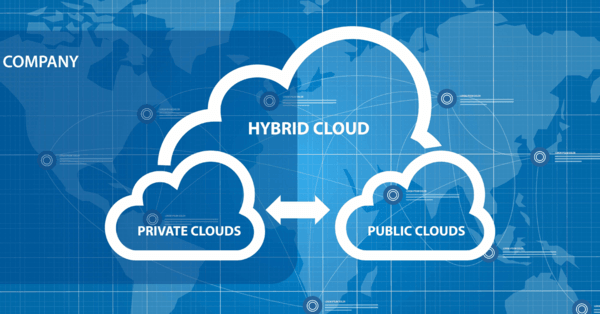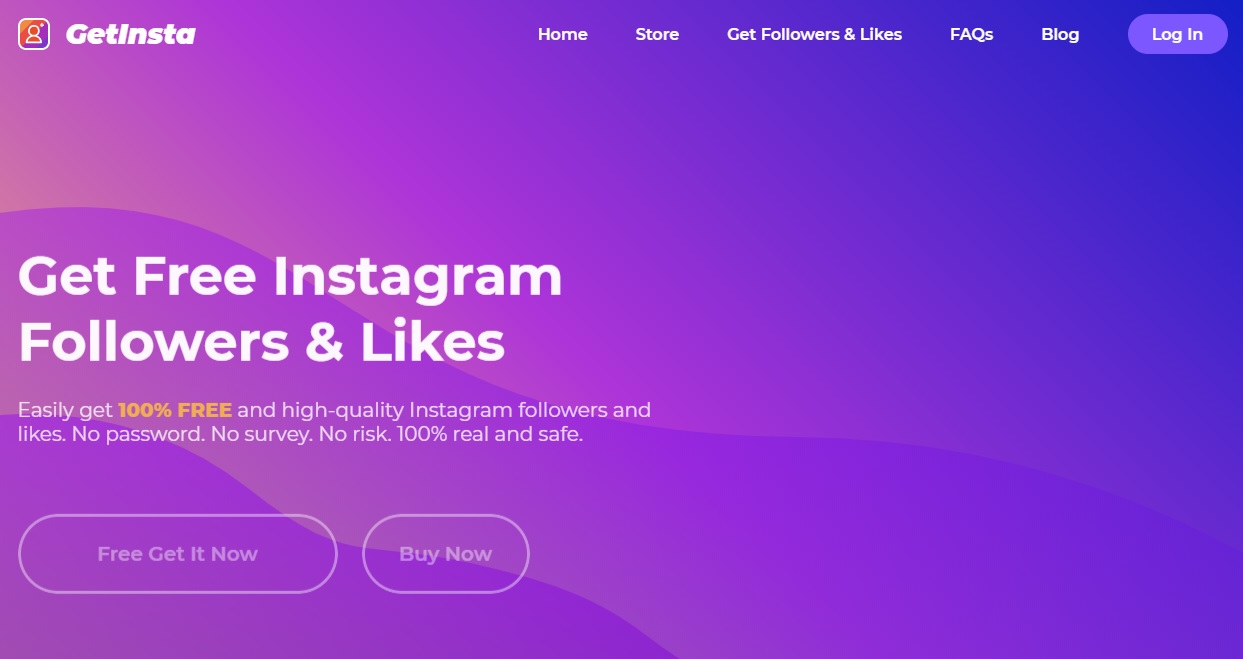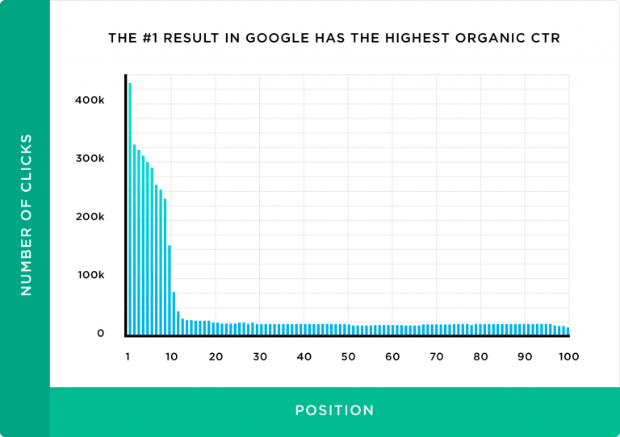Never before has online communication been so integral to how businesses go about their day to day functions, and fortunately for us, applications like Zoom, Skype, and Microsoft Teams are available to make things easier. Whether your company has used any of these video conferencing programs before, or if you have just started using them after the pandemic forced us into lockdown, it is important to know their potential and how to use them effectively. Below are a few tips on how to efficiently use conference calls in your business.
Use virtual meetings
For the vast majority of your team communication, you will likely be using virtual meetings and the video aspect available in online conference calls. There are, however, a few differences between online and physical meetings that will impact both your preparation and your planning. While in physical meetings, attendees will play off each other fairly easily and spontaneously, but this is much harder in a virtual environment. Therefore, holding virtual meetings typically requires a stricter code of conduct and more thorough preparation to keep everyone on track.
Go back to basics
Since you will need to be more organized, it is worth going back to basics and creating an agenda for any virtual meeting you host. These agendas can be time-sensitive or not, but should at least include the purpose of the meeting, the topics you want to cover, and the overall goal you want to achieve by the end of it.
It may also be worth including a shortlist of guidelines and sending the agenda out to any invited participants ahead of time. The guidelines will act similar to a code of conduct in an office, and sending it out ahead of time allows everyone to have a rough idea of how they should prepare, as well as go over said guidelines.
Be aware of your employee’s mental health
The phenomenon known as ‘Zoom Fatigue’ is a very real thing and occurs when someone is forced to sit through many long virtual meetings each day. It leads to a drop in productivity, lower quality of work, and most importantly it can seriously affect mental health. To avoid this, try not to book too many meetings each week and whenever possible keep them around 30 minutes. In the event that you are forced to hold a meeting that goes over 45 minutes, be sure to take plenty of breaks during it to allow participants to stay fresh and focused for the duration.
Additionally, try to keep up with things like your employee’s birthdays and life events, and check up on them individually each week to hear how they are doing and if there is anything you can do to help. While it may seem like an insignificant and time-consuming gesture, it really shows that you care and your team will appreciate you for it.
Mix it up
As well as organizing your virtual meetings well, it is also important that you use the tools that are available to you in order to keep your team engaged. Instead of having the same old background of your home office, use one of many professional zoom backgrounds to both hide distractions that could be caused by people or things behind you, and to also add some variety to each meeting. There are hundreds of backgrounds to choose from and you can either go with a serious one, or a sillier one to get a laugh from your team.
It is also a good idea to use other tools like screen sharing and virtual whiteboards during your virtual meetings as they are a great help in brainstorming, discussing ideas, and efficiently sharing information.
Record them
Last but certainly not least, one of the features available in virtual meetings that is usually absent from physical ones is the ability to record the meeting at the push of a button. This is incredibly useful because it not only allows you to take more accurate and better notes but if anyone is unable to attend your meeting, they simply need to watch the recording to stay up to date on current events without having to rely on someone else filling them in.













